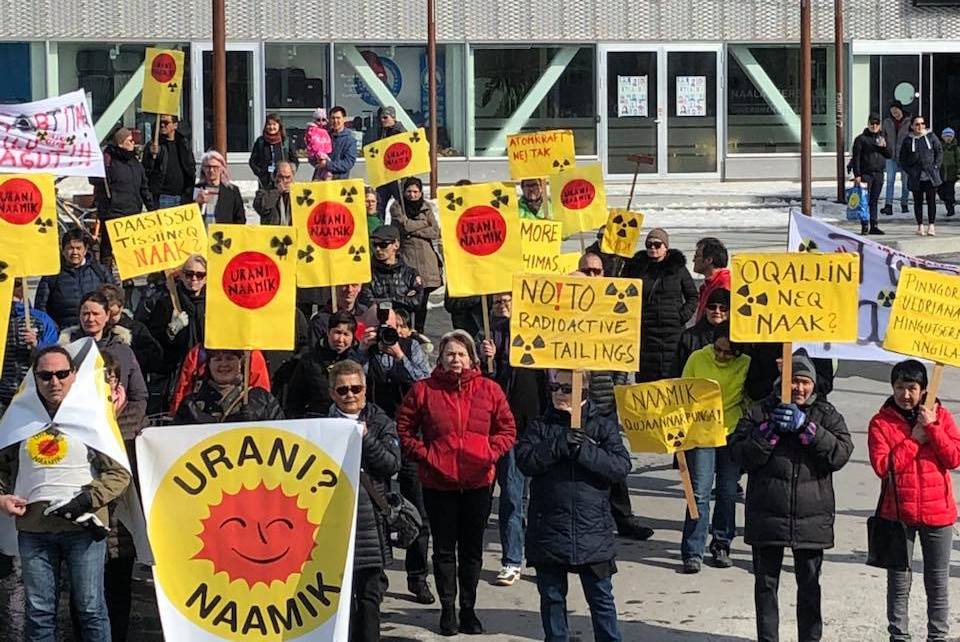A new Greenlandic translation program is ready to go live in 2021, rough edges and all
Greenlandic's unique words and a small body of texts has left traditional translation programs stumped.

Greenlandic is sometimes said to be a language that has hundreds of words for snow. The fact that that is both true and not true underscores the challenge the country’s language experts faced when they set out to create the first computer program that could translate Greenlandic.
Five years and 10 million Danish kroner ($1.5 million) after the effort began, Oqaasileriffik (Greenland’s version of the Académie française) expects the program to come online next year. Though, they warn the that the program, which translates solely between Greenlandic and Danish, will only be useful for those who have an understanding of both languages (think Google Translate on a bad day), correctly translating perhaps only half of the text that is fed into it. The rest, according to Beatrine Heilmann, an advisor with Oqaasileriffik who is working on the project, will ether be translated wrong, or it won’t be translated at all.
“The translation program will be publicly available, but that’s not going to put interpreters and translators out of business, she told KNR, a broadcaster. “The translation program will make life easier for people or businesses by making it possible for them to get an idea of what something they read on a screen without having to ask a co-worker or someone else.”
[Greenlandic language experts hope a new tool will help speed translations]
The challenge for programmers is that Greenlandic, or Kalaallisut, like other languages belonging to the Eskimo–Aleut group, add suffixes to root words to express ideas where languages such as English would combine words in a sentence. For that reason, the number of compound words to describe not just snow, but any word, is all but unlimited. As an example of this, its longest “word” – reputed to be nalunaarasuartaatilioqateeraliorfinnialikkersaatiginialikkersaatilillaranatagoorunarsuarrooq, (meaning ‘once again they tried to build a radio station, but apparently it is still only on the drawing board’) is, depending on how you say it, spread out over 19 words in English.
Online dictionaries and apps exist for Greenlandic, but creating a computer program that can render a translation is difficult, because such “translations” are merely statistical best-guesses based on past examples of how similar groups words were translated in the past. When it comes to new — or, in the case of Greenlandic, unique — words, they are more likely to be at a loss.
To get around this, Oqaasileriffik classified each Greenlandic word based on its part of speech, and then gave each a code that the computers would have an easier time making sense of.
[Indigenous leaders look forward to a decade of language revitalization]
Compounding this fact is a relatively small body of literature to rely on. While most translations from Greenlandic have been to Danish, the volume is small compared with English and French, say.
Oqaasileriffik hopes to compensate for this by continuously adding new material, correcting mistakes and updating the program. This will gradually make the program better, Oqaasileriffik’s Per Langgård told the Greenlandic paper AG, but he reckons that its real value will be that results can be delivered immediately, and that it will give a reliable idea of what the original means.
For now, at least, that means few translator jobs lost due to its translation.